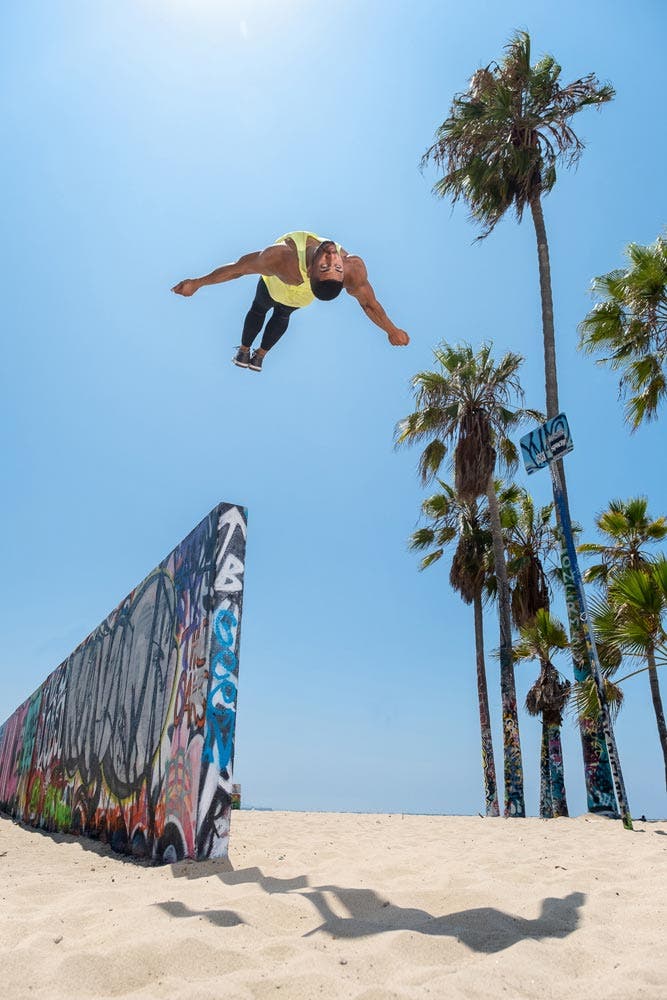Action photography is an incredibly exciting genre to shoot. The pressure is on, your subjects are running, jumping, or flying all over the place, and you might only have a split second to get “the shot”. All of this also makes action photography a very challenging genre, as well.
Here are some quick tips to help you prepare technically and visually for next time you find yourself shooting extreme sports or athletes in motion.

1. Freeze the Action
First comes the technical. When you’re shooting landscapes or portraits, your subject isn’t moving and you can get away with a number of different camera settings to get a proper exposure. But with action photography and moving subjects, we need to prioritize shutter speed. This will ensure you aren’t getting blurring photos, and will help you freeze the action.
The faster your subject is moving, the faster your shutter speed needs to be. When I’m shooting in natural light, I like to use the Shutter Priority mode on my camera and I dial in a constant shutter speed that will work for my subject. From there, my camera does the work of finding the ISO and aperture for each shot, freeing me to focus on other things. Here’s a quick cheat sheet:
Walking: 1/125
Running: 1/250 – 1/500
Action sports: 1/1000 +

2. Show Movement
We don’t always want our subjects frozen in midair so that they look like they’re just floating though. Introducing a sense of movement is key to really capturing the action too. In the example above, the woman’s hair flying back shows that she’s swinging forward and not just floating. Another way to show motion would to use negative space to convey where your subject is going.

3. Try Interesting Angles
We see the world from eye level everyday, so to really create unique imagery you’re going to want to shoot form different angles. When you get low and shoot up at your subject they appear to towering over the viewer and larger than life. Or in the example above, I got up high and shot down for a bird’s eye view of the action as this CrossFit athlete scaled the ropes.

4. Choose Your Background Carefully
Now that you’ve set your camera and picked your angle to capture the action, lets double check what’s in the background. You don’t want a busy distracting background to detract from the image. Find a clean area to frame your subject, or even better, find a background that adds to the story of the sport you’re shooting, so it helps elevate the story. In this image, I was photographing a dancer leaping through the air, a feat impressive in itself. But when I framed her on a background with the bridge behind her, she then appeared to be leaping over the bridge, further exaggerating the action.

5. Capture the Peak of the Action
With all of the above out of the way, you can now focus on the exact moment that you want to capture. What is the decisive moment that can sum up the action in a single frame? Here’s where research and knowing your subject really pays off. For beach volleyball, the moment right before the spike is the peak of the action. The hitter, the blocker, and the ball are all suspended in the air and you can see how it’s going to play, out all from a single frame. When in doubt you can always ask the athlete, too. They know their sport and can tell you what to look for.
With action photography, you’re usually on location and have to think on your feet, and now with these five tips you should be able to better plan the process of each shot before you take it, leading to awesome images on your very next outing. Happy shooting!






